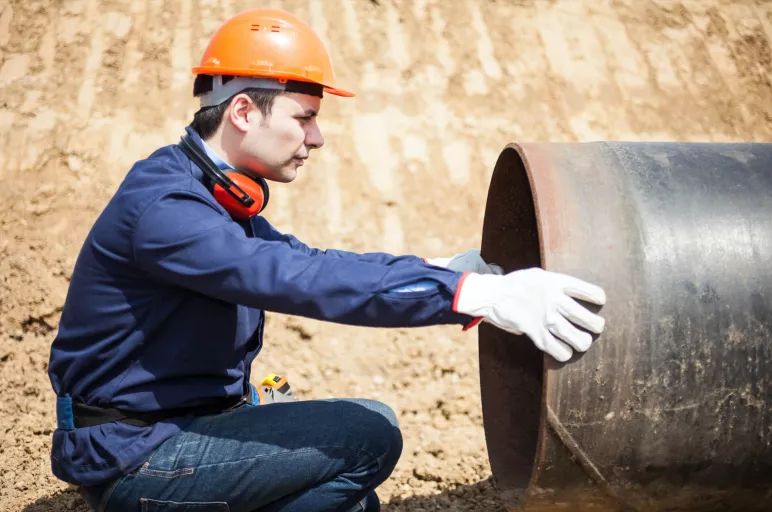
Supply Chain Veins: Effectively Sourcing Piping Solutions
December 07, 2020 | Supply Chain Risk Management
In commercial and industrial applications, a piping system is a more reliable and cost-effective medium for the transportation of fluids like gas, petroleum and its products, compared to road or air transport.
Finding the Best Fit
When finalizing the piping type, the sourcing team should keep its industry’s non-negotiable needs in mind. For example, if the best-suited pipe needs to have thermal regulation and durability as its traits, which is expensive, the team should look at more than the price of the pipe during selection as choosing a cheaper and less feasible option may lead to losses in other areas. Also, it could affect the quality of the product (such as industrial gases or petroleum sub-products), and potentially jeopardize the safety of employees and the environment.
Procurement teams should consider these key approaches while finalizing a piping system.
Identifying Appropriate Pipe Type by Different Use Cases
Piping material can be selected based on a series of different factors.

Choosing the right pipe type significantly depends on the type of fluid to be transmitted. For corrosive fluids such as crude oil, ammonia, seawater and other acidic liquids; CPVC or lined pipes are considered ideal whereas for non-corrosive fluids such as lube oil, air, and nitrogen; carbon steel or metal piping is ideal.
Ideal pipe materials also vary based on the temperature and pressure of fluids to be transmitted. For example, for handling fluids up to 425°C, carbon steel is chosen. Above 425°C, low alloy steel is preferred, while for temperatures below -29°C, low-temperature carbon steel is suitable. To sustain high pressure, pipes should have a higher difference between the inner and outer diameter, while for low pressure, this difference should be lower.
When comparing the cost of pipes, the return on investment should be analyzed. During the sourcing of suitable pipes, the procurement team should check if it is available locally or if they need to procure it from other countries or regions. Preferences is also given to pipes that do not require any special treatment during fitting and welding.
Advancements In Piping Technologies
The major focus in the latest pipe innovations has been to attain a lightweight, flexible and durable product that has better resistance to rusting and abrasion and is manufactured using energy-efficient processes.
A major change in the pipe industry is the development of a new design for flexible pipes, which was introduced by Baker Hughes in 2020. A few years ago, only metallic strength was used but now industries are moving towards carbon fiber composite pressure armor layers. These carbon composite flexible pipes help companies reduce system complexity, enables operators to go into deep waters and ultimately helps reduce operating expenses and risk.
Molecor developed an exclusive technology that allows the manufacturing of class 500 PVC pipes based on the physical process of molecular orientation, which greatly enhances the PVC’s physical and mechanical properties. It shows an excellent response to water hammer, has unbeatable impact resistance, maximum flexibility, corrosion resistance and increased hydraulic capacity. It is also highly energy-efficient, environmentally friendly and easy to install, offering considerable savings in raw materials compared to other plastic solutions. It is also an automated, stable and safer option.
Components Affecting the Price of Pipes
Sourcing teams need to be cognizant of the factors influencing piping prices. The key components impacting these prices are the complexity of the application, the price of raw materials, design complications, the cost of shipping, taxes and duties, and the requirement for customization based on use.
Proper pipe selection for an industry is an important and complex. One pipe type cannot fit all conditions, it is the responsibility of the procurement and business team to consider and analyze all conditions during the selection of pipes to avoid any mishaps and losses in the future.
Sources and References
- https://hardhatengineer.com/pipe-material-selection/
- https://www.waterworld.com/drinking-water/distribution/article/16190949/choosing-the-right-pipe-material
- https://asmedigitalcollection.asme.org/IOGPC/proceedings-abstract/IOGPC2017/50763/V001T02A001/260868
- https://www.bakerhughes.com/subsea/flexible-pipe-systems/aptara-flexible-pipes/aptara-composite-flexibles



